What is a shelf light
A shelf light produces localized lighting to illuminate tighter spaces, accentuate merchandise or art pieces, enhance the appearance of the shelf itself, or supplement the room ambiance. Shelf lighting is an essential addition to residential spaces, offices, retail stores, supermarkets, showrooms, museums, galleries, antique stores, hotels, libraries, restaurants and bars. A shelf, which holds items that are being stored, displayed or offered for sale, can be a gondola shelf, bookshelf, bar shelf, wine and liquor display, closet shelf, kitchen shelf, bathroom shelf, bedside shelf, display case, trophy case, refrigerated shelf, floating shelf, wall shelf, or corner shelf. No matter how it is designed or where it is placed, the storage space of a shelf is typically out of the reach of overhead lighting. Shelf lighting is thus needed to fill in shadows.
The finishing touch to a well-organized shelf
From books, trophies, souvenirs, glassware to decorative items, framed photo prints to kitchen utensils and bathroom tools, getting these items arranged in a manner that facilitates accessibility or accentuation is an indispensable part of interior design for residential spaces. Shelf lighting is the finishing touch to a well-organized shelf. Intimate spaces such as cocktail lounges, night clubs, wine bars and some restaurants characteristically have a subdued atmosphere, which calls for the use of shelf lighting to draw guest attention to liquors and beverages and to enhance the appeal of these drinks. Shelf and showcase lighting in museums and galleries provides illuminance that enhances the aesthetic appreciation of the artworks.
Retail display lighting
The importance of shelf lighting is apparently most pronounced in the retail industry. Retail shelf lighting is designed to attract customers and allow for easy check-up of the product displayed on gondolas and shelf systems. Lighting is a potent visual merchandising tool. The behavior of consumers is strongly influenced by the store environment and how merchandise is presented. Visual appearance of the shopping environment and merchandise depends on the characteristics of the lighting applied.
Retail lighting is often composed in layers to incorporate general (also called ambient) lighting, task lighting, accent lighting, and decorative lighting. Layered lighting transforms a retail space into a more attractive, exiting and inviting environment while creating focal points for merchandise to be displayed. However, the visual task in retail spaces is often not seeing the floor. It’s typically located in a vertical plane which cannot be adequately served by ceiling mounted light fixtures. Poorly illuminated shelves can create dark cavities that cause the displayed products out of customer’s sight.
An emphasis on overhead lighting can create shadows as well as the feeling of a discount retailer, while a balanced composition of light which include direct shelf lighting can draw out the best traits of the merchandise and create the feeling of a high-end specialty store. Shelf lighting allows customers to evaluate merchandise quality, determine its specific attributes, and read product information on packaging and small print on price tags. Directly illuminated products are aesthetically enhanced, their appeal and quality is shown off to full effect.
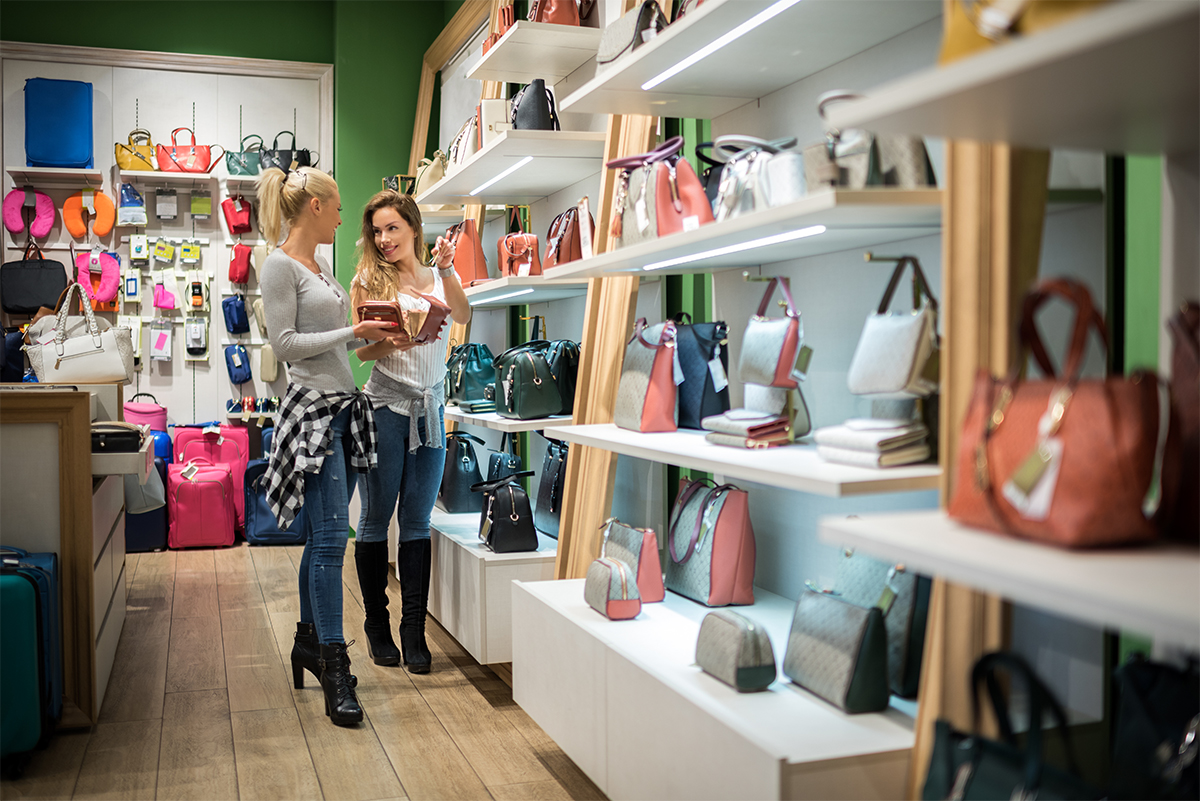
A fascinating application of LED technology
Shelf lighting is a rapidly growing application for LEDs, which significantly outperform traditional light sources (such as fluorescent, xenon and halogen lamps) in virtually every aspect of lighting. Aside from the energy efficiency and service life requirements, shelf lighting presents some special challenges which can be perfectly addressed by LED lighting.
The demand for unobtrusive lighting in tight spaces requires the light fixture to integrate into the shelf system. LEDs are very small semiconductor devices. Their directional light output eliminates the need for optical control with bulky optics. When tight light distribution is needed, LEDs afford light extraction and regulation directly from the source with small secondary optics.
Shelf lighting fixtures are also mounted in close proximity with the display items. Traditional light sources produce a large amount of UV and IR radiation which can deteriorate light sensitive objects, cause cosmetic products to deteriorate, dry out fruit and vegetables, and lead to melting of chocolate and confectionery. LEDs do not radiate heat and are virtually free of UV emission, which translates to a significant advantage.
Enforcing electrical safety is of paramount importance in installing shelf mounted lighting systems. LEDs are low voltage devices. They operate on SELV (Safety Extra Low Voltage) loads that pose no lethal electrical shock hazards.
Design and construction
Shelf lighting fixtures are usually linear in design although “puck” style luminaires are available as well. The most practical shelf lighting is implemented with LED strip lights. Comprised of an elongated flexible strip of printed circuit board (FPCB) on which an array of SMD LEDs are mounted, the LED strip light can be accommodated by even the narrowest shelf spaces. LED strip lights are available in a variety of lumen packages, LES (light emitting surface) widths, LED densities, and color options. They include a double-sided adhesive backing that makes installation as easy as peel-and-stick.
To facilitate heat dissipation and improve the aesthetics of the installation, LED strip lights are frequently housed in extruded aluminum channels. The metal-shaping flexibility of aluminum extrusions allows a great deal of features to be designed into LED profiles. Aluminum profiles can be extruded into a vast array of shapes, including standard and customized shapes with whatever degree of complexity. These LED shelf lights may be surfaced or recessed mounted, hidden behind the frame, or placed at the side edges of the shelf. Corner profiles allow for mounting in a corner of a wall shelf or display case. Glass shelves are typically illuminated by edge-lit LED profiles in which are LEDs are placed sideways along the edge of the glass for edge-to-edge illumination.
Puck lights can be used anywhere that linear fixture can’t fit in. These luminaires have generally cylindrical disc-shaped housings which resemble a hockey puck. With only a few inches in circumference and a low profile, puck lights work great for shelves with small cavities. These shelf lights are typically designed to provide concentrated pops of light which is best for accent lighting in retail display shelves. Shelf lighting can also be delivered with low voltage mini track systems which accommodate fixed or adjustable LED spotlights and linear lightbars anywhere along the magnetic mount track.
Color characteristics
The color characteristics of light can have a profound transformative effect on the look and appeal of the illuminated objects. Ideally, shelf lighting should inspire a positive perception through its color quality (color reproduction ability) and its warmth or coolness (correlated color temperature, CCT). High color rendering LEDs should be used to reveal form and texture of illuminated objects and make colors appear natural and pleasant.
In retail display lighting applications the spectral power distribution (SPD) of the light source may need to be optimized for enhanced white performance and lively rich colors. Warm white (2700K to 3200K) enhances reds and oranges, dulls blues, and lends a yellow tint to whites and greens. Neutral white (around 3500K) offers a more balanced tone that emphasizes neither yellow nor blue. Cool white (above 4000K) appears bluish in shade and dulls reds. Typically, warm white is the color of choice for most residential and hospitality applications since it can impart a feeling of comfort, intimacy, coziness and relaxation. Cooler light sources are generally used in commercial lighting applications since the stimulating effect of blue light makes people to feel invigorated, promotes concentration, and supports vitality.
In retail stores, the overriding consideration in choosing light source CCTs is the appearance of merchandise. In museum and gallery applications, the higher potential of photochemical damage of blue-rich light should enter into consideration. The consistency of color from one product to another, or consistent color output across the entire run of a light strips is among many factors that should be evaluated.
Power supply
LED shelf lights typically run on a remote power supply that provides an output electrical energy as a constant DC voltage of 12 or 24 volts. Linear fixtures on long run lengths should be adequately powered to avoid voltage drops that may cause reduced brightness and color accuracy. Fully control of the light fixture for dimming or color changes can be implemented via LED drivers that work with 0-10V, DMX, DALI, or forward and reverse phase dimmers. Occupancy sensors can be added to shelf lighting systems for more customized lighting control.

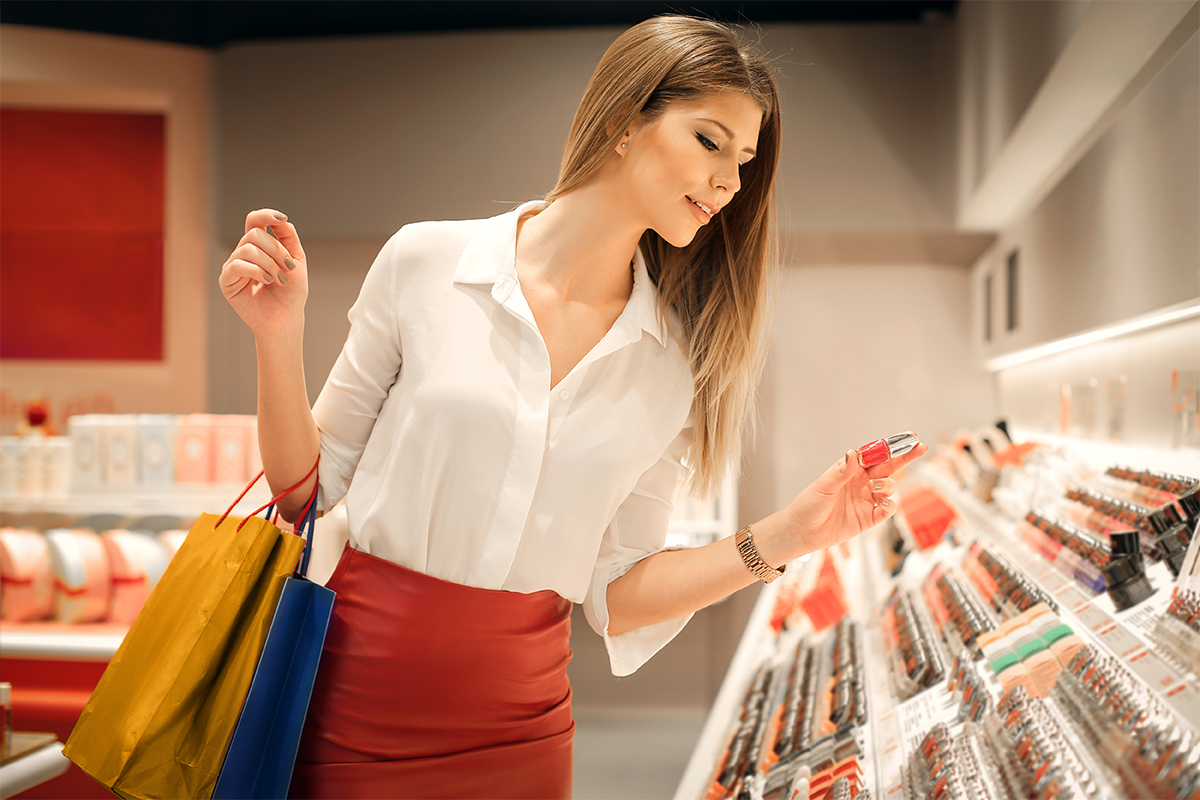
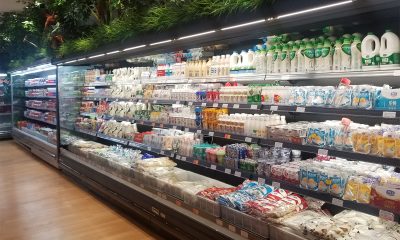
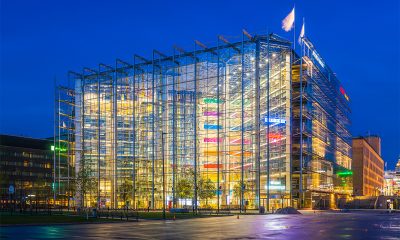
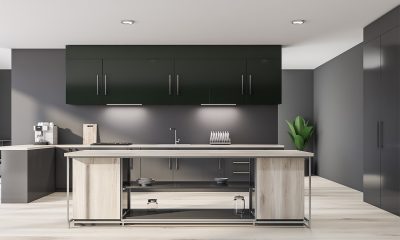
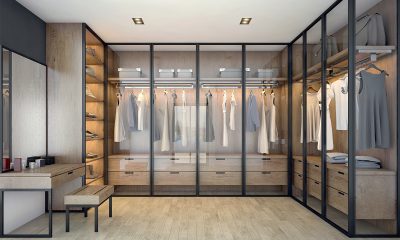
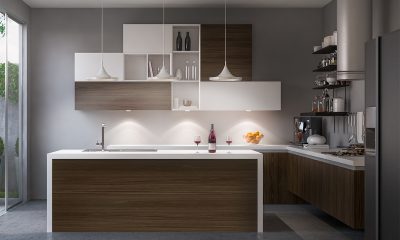

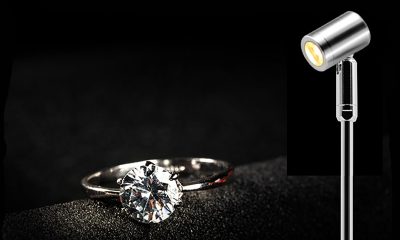
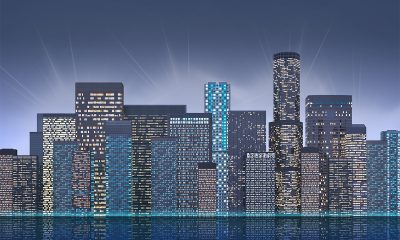

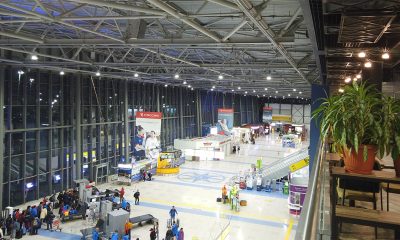
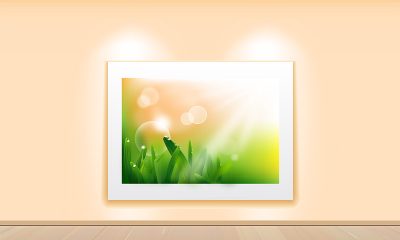
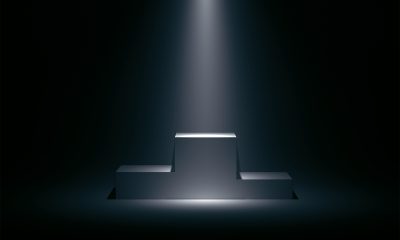





Loading...